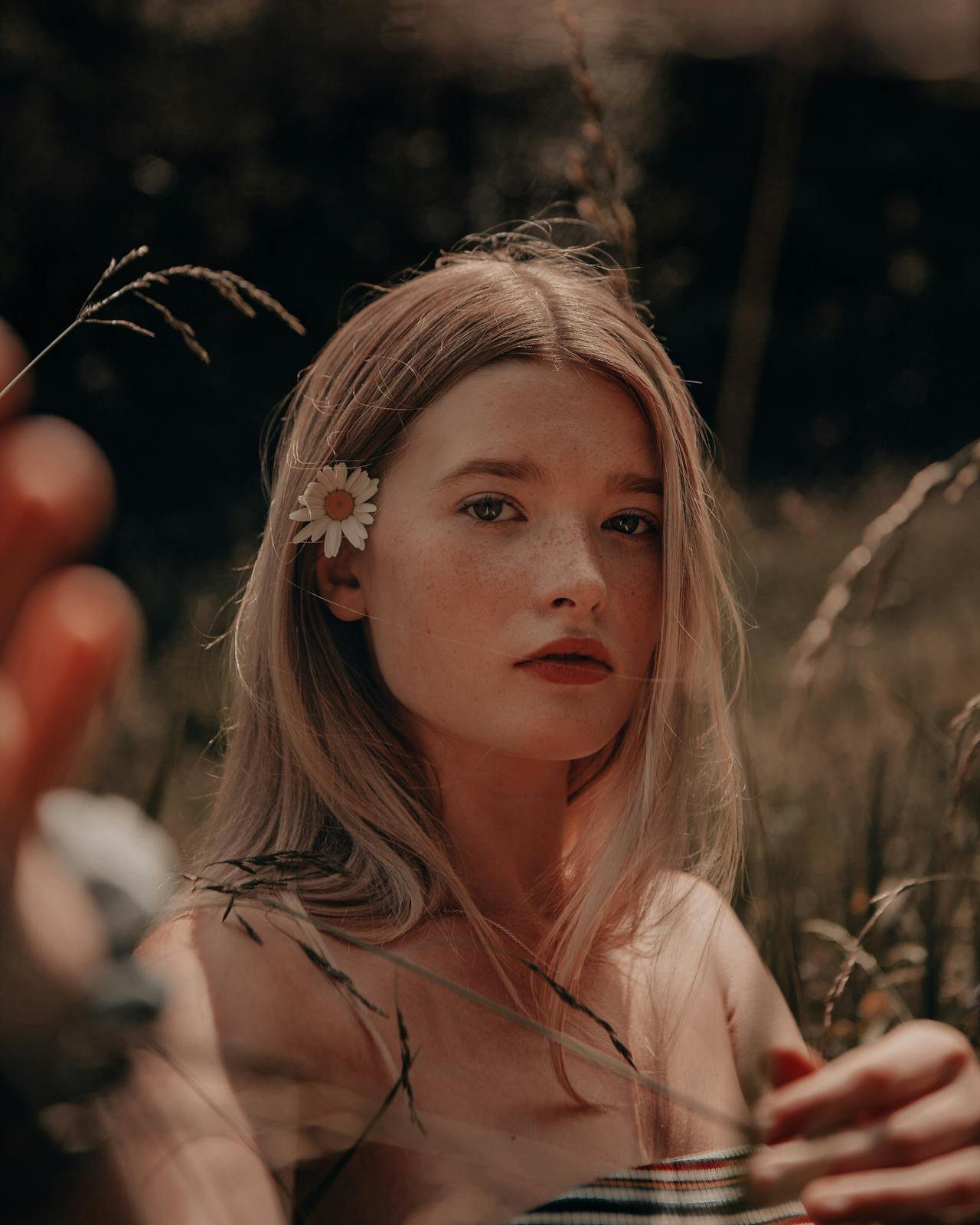For centuries, flowers have captivated humanity with their fleeting yet exquisite beauty and their ability to stir a myriad of emotions. Beyond being subjects of countless artworks and integral parts of cultural ceremonies, flowers hold a deeper significance that transcends mere representation. Stay tuned, as we release a calendar of article and live workshop and talks that delve into the world of floristry, examining this practice through the perspectives of art history and philosophy to unravel the intricate connections between floral arrangements, human expression, and the pursuit of beauty.
First season (coming in September!): The Artistry in Blooms
1.1 Ancient Beginnings: From Egypt to Rome
– Explore the symbolic use of flowers in ancient civilizations such as Egypt and Rome.
– Uncover how floral motifs were integrated into ancient art and architecture.
The Renaissance: Flourishing Beauty
– Delve into the profound symbolism of flowers in Renaissance art and literature.
– Analyze how blossoms influenced notions of beauty and harmony during this remarkable period.
Dutch Golden Age: Flowers as Expressions of Status
– Investigate the symbolism behind flowers depicted in Dutch still-life paintings during the 17th century.
– Shed light on the social, economic, and cultural implications embedded within these elaborate floral compositions.
Impressionism: Seizing Fleeting Elegance
– Analyze how impressionist artists exploited flowers as subjects for experimentation.
– Discuss how masterful artists like Monet and Renoir sought to capture the ethereal essence of blooms.
Second season: Floristry as an Expression
2.1 The Silent Language Conveyed by Flowers
– Journer through history to discover “floriography” – a non-verbal means of communication.
Explore symbolic meanings associated with different types of flowers and their impact on floral arrangements.
2.2 Cultural Perspectives
– Contrast and compare the different cultural contexts in which floristry thrives.
– Examine the profound significance and philosophical foundations of floral arrangements in Eastern traditions, such as Ikebana.
2.3 Floral Design: The Artistic Expression
– Celebrate the creative process behind floral design, akin to other art forms like painting or sculpture.
– Unveil how color, texture, and form are skilfully employed by florists to evoke emotions and create visually captivating compositions.
Third Season: Philosophy and the Aesthetics of Floristry
3.1 The Sublime Beauty & Transience
– Embark on a philosophical journey exploring concepts of beauty applied to floristry.
– Contemplate how flowers symbolize the transient nature of all things beautiful.
3.2 Environmental Ethics
– Delve into the ethical implications of floristry regarding sustainability and environmental impact.
– Highlight the industry’s commitment towards responsible sourcing and sustainable practices.
3.3 Zen Philosophy in Floral Arrangement
– Explore the profound influence of Zen Buddhism on ikebana – an exquisite Japanese art form.
-Unearth the Zen principles of simplicity, asymmetry, and unity that imbue ikebana with its unique essence.
The intersection between floristry, art history, and philosophy unravels a tapestry rich with intricacies. This article revealed how floral arrangements serve as powerful conduits for human expression while simultaneously embodying wider societal and environmental concerns. As we continue embracing the innate beauty found in flowers, we deepen our connection with a fluid dialogue encompassing artistry, nature, and the breadth of human experience.
